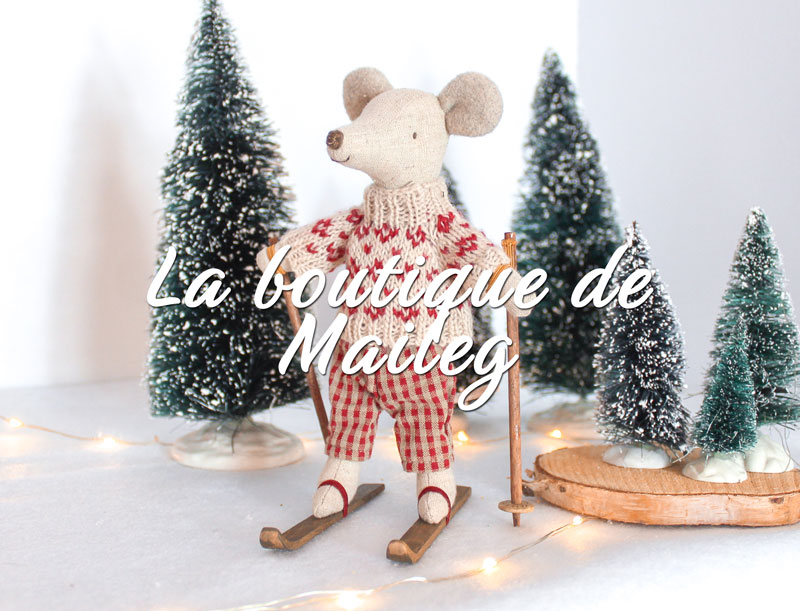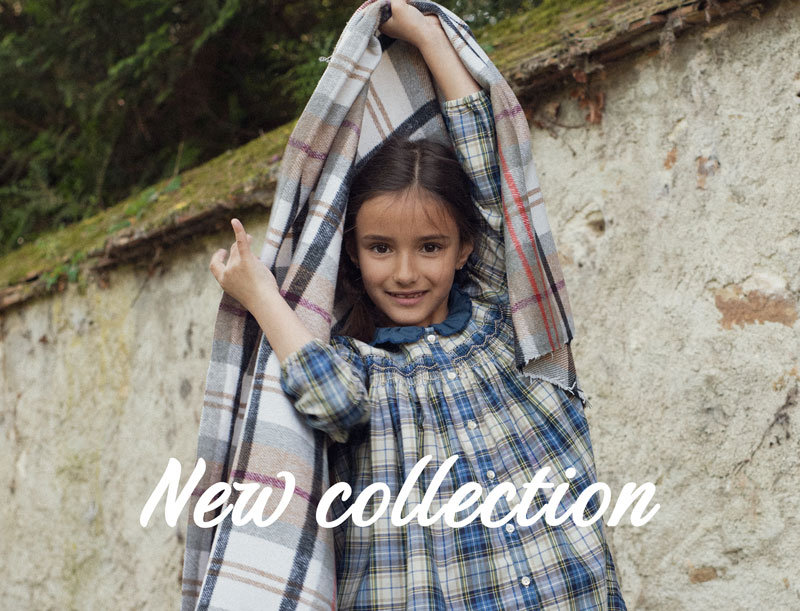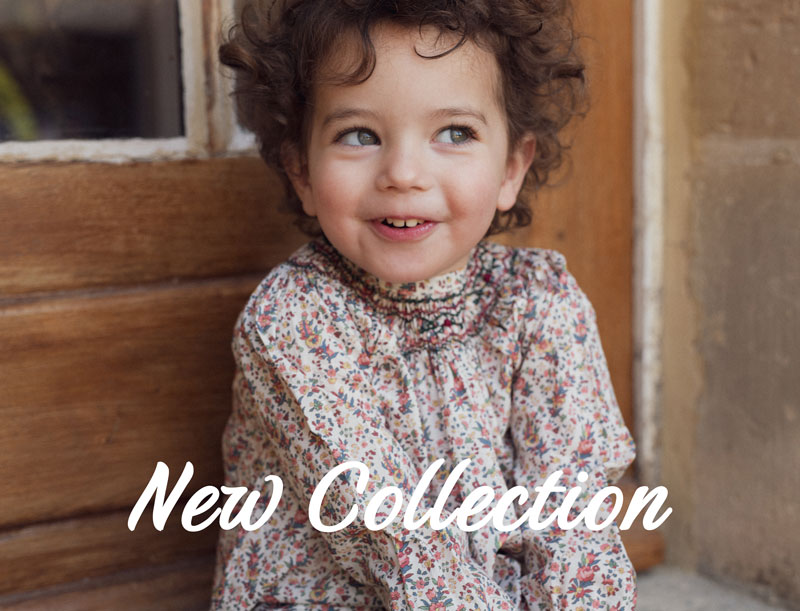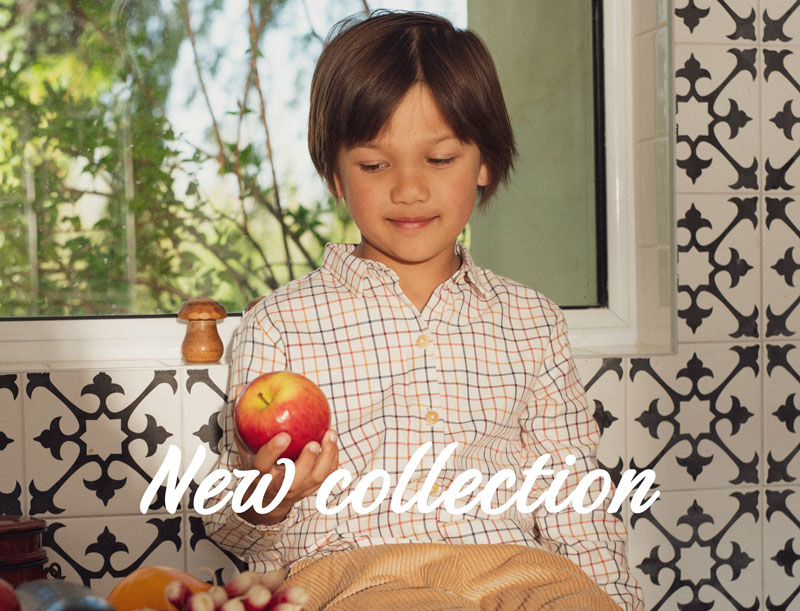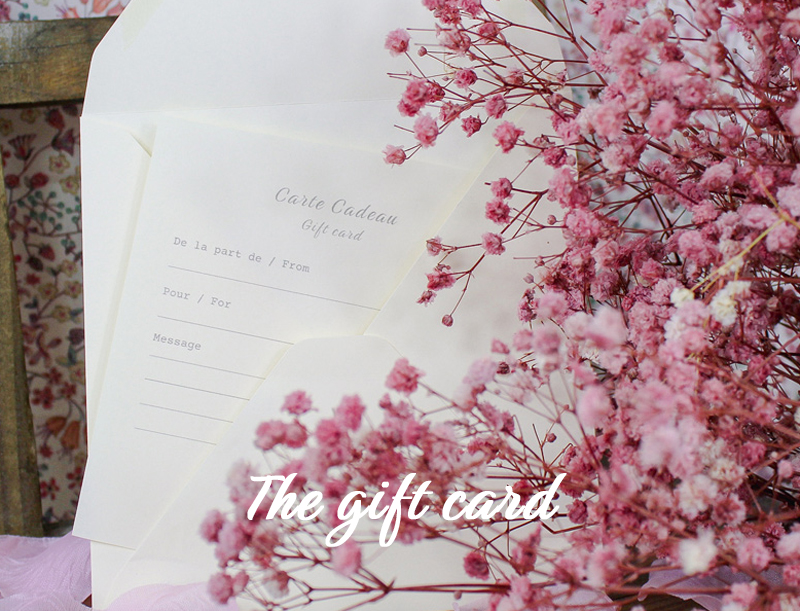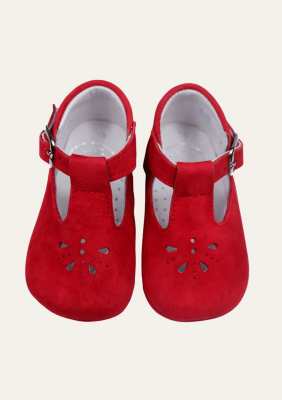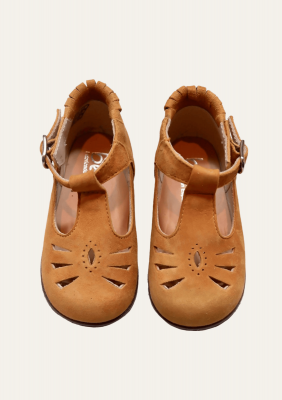How to properly fit baby?
.png)
Choosing the right baby shoes may seem like a simple task, but there are many factors to consider to ensure baby's feet are well protected, supported and feel free to roam!
Babies go through several developmental stages in their lives, and one of those stages is when they start to walk! As they learn to walk, their feet are also developing and getting stronger. As parents, understanding the difference between pre-walker shoes and baby walker shoes is essential to ensure your children are wearing the appropriate shoes for their developmental stage.
Pre-walking shoes are designed for babies who are not yet walking or just learning to walk. These shoes are usually soft and flexible, allowing babies to move their little feet and toes freely and build muscle. They often have a flexible, non-slip sole to help them avoid potential falls. They are also very light and comfortable, allowing them to walk at their own pace and get used to that new feeling. In contrast, baby walking shoes are designed for those who have already acquired basic walking skills. These shoes are more rigid in order to provide better support and protect babies' feet against shocks and impacts.
These two types of shoes are designed to meet the specific needs of babies at different stages of their development. By choosing them well, you will help encourage and facilitate their growth and development!
Here are our little tips and advice on how to properly put on baby shoes:
First of all, we choose the right shoe size! Indeed, baby's feet grow quickly, so it is important to regularly measure the size of their little feet. In order for his first shoes to fit his foot size well, they need to be slightly larger to allow for sufficient growth. However, they should not be too large, as this can cause tripping or slipping accidents. In France, shoe sizes are expressed without a unit of measurement but by a calculation such as the size of the flat foot + 1cm divided by 2/3. The result must then be rounded to the nearest integer. On the other hand, if you wear shoes in Italy, you will always have to add a size above the French one.
.jpg)
Secondly, choose flexible and light shoes to allow easy mobility and healthy development of baby's feet. Stiff or overly heavy shoes can hinder the growth of the feet and prevent them from developing properly.
Our Beberlis shoes!
.jpg)
Then, it is better to opt for shoes with a non-slip sole. Babies spend a lot of time crawling, crawling and standing without having fully acquired stability, so it is important to choose shoes with a non-slip sole to avoid slipping accidents. The sole must also be flexible to allow good flexibility of baby's feet.
Shoes with a high upper also provide better support for baby's ankles and reduce the risk of injury. Shoes with a low upper can cause twists and sprains.
Finally, buy shoes that are easy to put on because babies tend to move around a lot and can become restless if the shoes are too difficult to put on. Shoes with laces can be a challenge for parents but can be frustrating for baby's learning and independence.
A word of advice: avoid second-hand shoes. Second-hand shoes may seem like a good budget option but best avoided! This is because the worn-out shoes may have taken on shapes that are not suitable for baby's feet and may also be worn out in specific places, which can cause baby's foot health problems.


